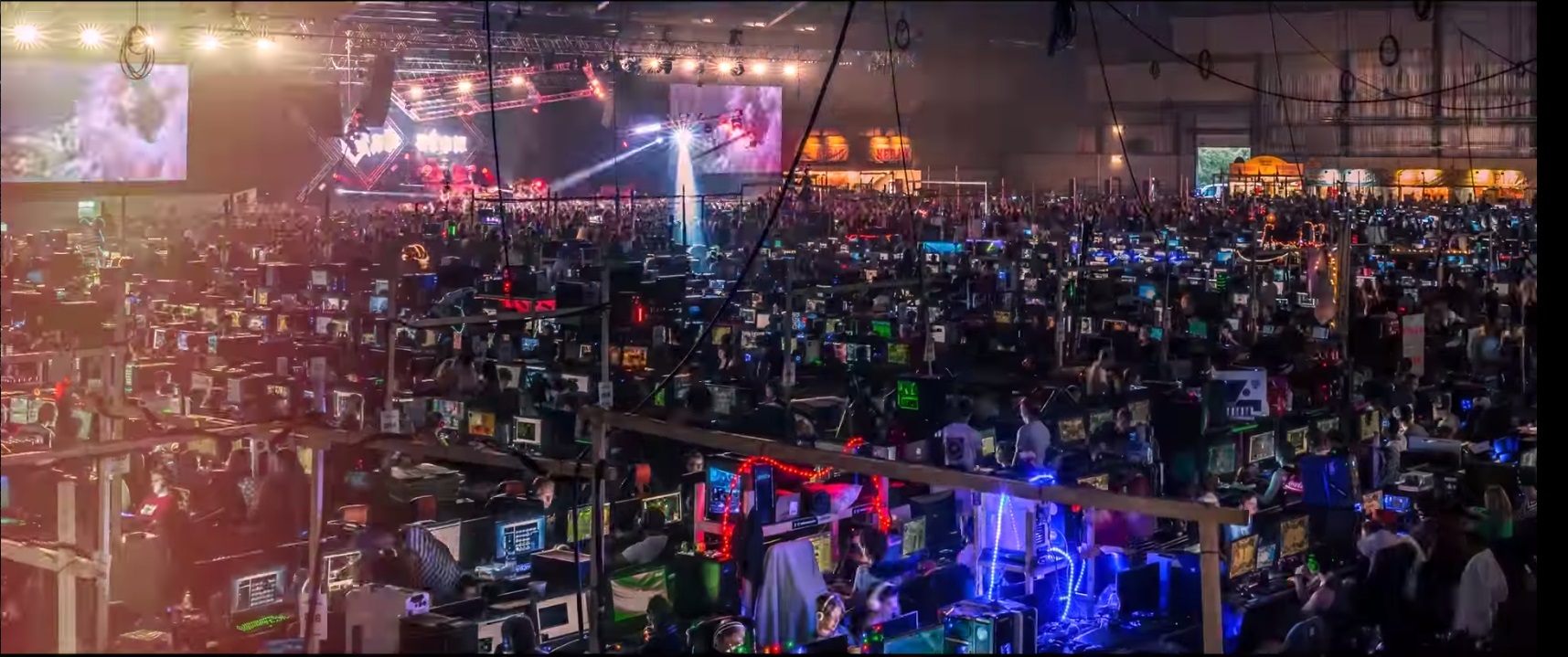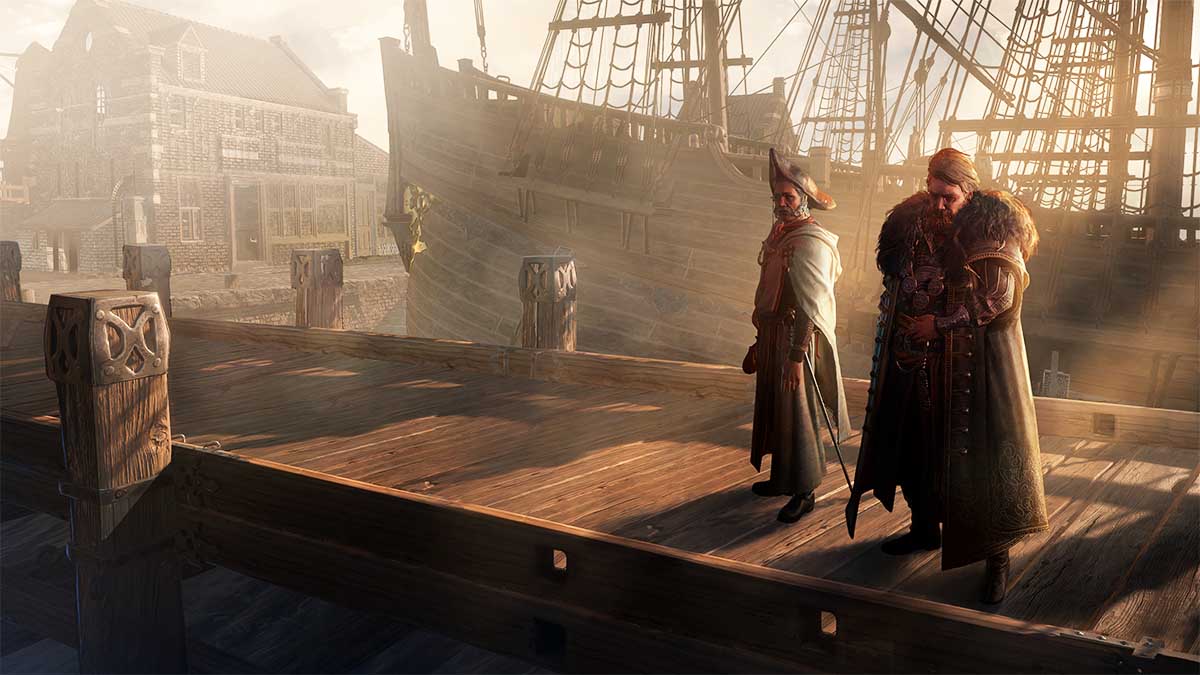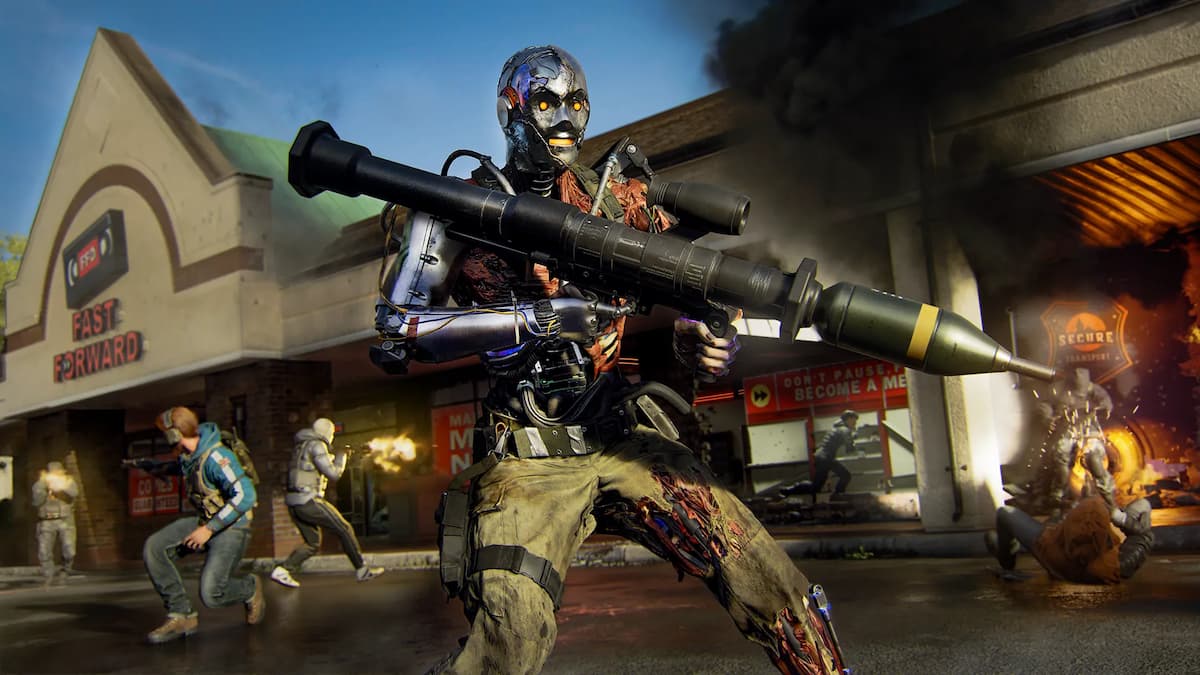Week one was filled with upsets and surprises in all groups, and the only thing we can say for certain is that no one team seems dominant. Although we’ve only witnessed a few games from each team, a few patterns have emerged that contribute to each team’s wins and losses. With the scores of many of these competitors so close, each team’s different win conditions and play styles will undoubtedly be important points of interest as the second and final week of the group stage approaches.
Group A
Albus Nox Luna (2-1)
How they win: ANX surprised everyone this first week, taking games over both CLG and G2 with superior macro play, but their win contingency is fairly easy to identify. In both wins, ANX was able to sneak a Baron buff in the mid game, allowing them to use their impressive macro play to stay in the game and eventually pull off the win through further Baron buffs and objective-securing rotations. If ANX can secure early to mid game vision over the Baron pit and time its execution with their opponents’ recalls, we may just see ANX in the quarterfinals.
How they lose: The weakness with ANX is in their micro play. While their shot calling and ability to push a lead is impressive, their ability to actually acquire a lead is unreliable. In both of their victories, ANX’s victory was contingent on an uncontested mid game Baron that was a result of poor opponent vision. If opponents can avoid this pitfall, they can take advantage of ANX’s weaker individual player skills and avoid giving ANX the lead that allowed them to end week one with a 2-1 record.
Counter Logic Gaming (2-1)
How they win: CLG has shown brilliance in week one, earning victories over ROX and G2 with precise, playbook execution. In both of these matches, CLG dictated the pace of the game with roams and ganks, forcing their opponents to respond to CLG’s moves rather than making their own. Each move was calculated, with vision secured before big skirmishes and objectives secured after wins. If CLG can maintain this play style and avoid chaotic fights with unreliable vision, they can pull of more wins in week two.
How they lose: CLG’s one loss was surprisingly to ANX, a team that they may have underestimated. Nevertheless, CLG strayed from their textbook execution in this loss, engaging in chaotic and uncoordinated fights that would end with losses on both sides and objectives still standing to take in the end. If CLG continues with this habit of fighting with imperfect vision or with uncoordinated targeting, they run the risk of losing more games in the following week.
ROX Tigers (2-1)
How they win: The favored team to win the entire tournament, ROX’s only downfall was in a surprising level one play from an unsurprising preferred champion in CLG: Aurelion Sol. In all other games, ROX was able to transition strong micro play in all lanes to complete team advantage in the mid game through exemplary macro play. While ROX tended to stay even or fall slightly behind in the early game, their individual skills stopped their opponents from running away with the game, and whether they are ahead or behind in the mid game, the ROX macro strategy at around 20 minutes into the game will be how they pull off more victories in the future.
How they lose: ROX can bleed. In their game against CLG, Huhi’s Aurelion Sol and Aphromoo’s Alistar were able to put ROX so far behind in the early game that they weren’t able to acquire any advantages by their usual 20-minute mark. If ROX falls too far behind in the early game, victories will be difficult, though they were still able to stay in the game during their loss to CLG despite CLG’s early lead. ROX’s macro play is good and can win games from behind, but can only be profitable if they do not give up an unrecoverable amount of advantage in the early game.
G2 Esports (0-3)
How they win: While G2 has not won a single game at Worlds so far, they have shown shades of brilliance. This team is capable of making great plays, but in a long and drawn out game, they will eventually make mistakes. Perhaps it is inexperience as a full team on the professional scene, or perhaps it is international nerves, but it would seem that G2’s win condition is to play a style and composition that allows them to win the game in less than 30 minutes. They are capable of earning early leads, and if they choose the correct champions, they will be able to push those leads further before making the unavoidable mistake that comes with being an inexperienced and inconsistent team. This is not a guaranteed way to win, but it will be hard for this team to earn victories with long game times.
How they lose: The problem with G2, as stated above, is that they are inconsistent. If a team can push a game beyond the 40-minute mark, G2 seems to crumble under the pressure. Whether it be Baron calls, Dragon calls, or basic macro strategy, G2 is not able to consistently pull off flawless shot calling in the late game, where one wrong move leads to defeat.
Group B
SK Telecom T1 (2-1)
How they win: Similar to ROX in its ability to employ the full court press, pressuring all lanes while they have an advantage, SKT wins by impressive micro and macro play. They win by keeping the game close with micro skills and then transitioning a close game into a lead with macro strategy. If SKT can use its players to gain early advantages or not fall too far behind, they will be able to pull off wins by pressuring the right lanes at the right times and forcing their opponents to react to SKT’s moves, rather than the other way around.
How they lose: Also similar to ROX, SKT loses to Aurelion Sol. But what Aurelion Sol really symbolizes is unexpected and sudden appearances of enemy champions. As a unit, SKT is very strong, but they can be surprised by global abilities such as a Ryze ultimate, a TF ultimate, a Tahm Kench ultimate, or an Aurelion Sol roam. It’s hard for any team to deal with coordinated opponents using these tactics, but it’s been proven in week one that these types of picks can be the downfall of SKT.
Cloud9 (2-1)
How they win: C9 wins when Impact has resources and Meteos has presence. While C9’s wins have not been the most clean games, they have still been wins, and they can be attributed to their ability to stall out games they are losing or to push advantages while they have them. However, they do not have the micro or macro talent in all lanes that some of the other teams have, so they will have to be extra coordinated to pull off wins against the higher level opponents. In short, C9 can win games against most opponents by engaging in scrappy fights where both teams give up key members, but they will need to have a dominant member, in Impact, if they want to win fights against the tougher teams.
How they lose: If Meteos has no presence and C9 cannot get Impact ahead, they will have a very tough time winning. Without Hai to provide shot calling, C9’s macro game has been unreliable, and many fights they take can swing either way. Against inexperienced teams, the tide can swing in C9’s favor, but it can also very easily be the other way around. As many C9 fights end with low health members on both sides, having members (especially Meteos and Impact) who are behind can lead to lost fights and lost games.
I May (1-2)
How they win: As IM do not have an extremely reliable way of winning, their win condition is also fairly unreliable. As with most teams, if you stall long enough for one team fight to determine the outcome of a match, you can use that team fight to take your victory. With IM, this is the way they can win fights – simply by not giving up too much to the opposing team in the early and mid game. This can be done by defending oncoming sieges well or by allowing the opponent to take objectives providing that IM is able to take an objective of equal value in return. IM’s fighting style is very chaotic and unpredictable, so if they are able to stall until late game and catch their opponent off guard during the decisive team fight, they may be able to pull off some victories.
How they lose: They lose by going for too much too early. While their chaotic team fight style may net them victories in the late game, it can also make IM fall behind in the early and mid game. The problem with this style is that it is unreliable, so if they lose, they fall behind, and if they win, it’s still probable that the next fight they will lose and will fall behind that way. IM will lose games if they try to acquire too much advantage in the early and mid game, simply because their style usually results in team fight resolutions being unpredictable.
Flash Wolves (1-2)
How they win: FW have had the advantage so many times that it’s a wonder they are 1-2. This team is great at acquiring an early lead, but they need to keep the pressure on in order to close out games. If FW can obtain early advantages and push these advantages to objectives, they will be able to apply a full court press strategy and pressure the entire map, suffocating their opponents into submission. While the Korean teams can do this, FW has to put more effort into it, as they have thrown away leads before. FW needs to know when to pull the trigger on an advantage to open the game up for them or to secure the victory.
How they lose: Even with an early game advantage, FW has a habit of being afraid to close out games. Whether they believe certain plays to be too risky or they believe they can scale better later on in the game, they lose because they let leads go stale. A gold lead in the early and mid game becomes obsolete in the late game as everyone finishes items and macro play becomes a larger part of the win condition, and FW is guilty of this happening. They will lose if they let their opponents stall, despite earning early advantages because a stall will neutralize the FW advantage and ultimately let their opponents back in the game.
Group C
EDward Gaming (2-1)
How they win: EDG needs to push their advantages and suffocate their opponents when they are winning. EDG is great at starting a lead, but in order to win they must take this lead and convert it into tangible objectives, such as towers and vision control past the river. They must not be afraid to engage when they have item or level advantage, something the Korean teams excel at, but EDG has not quite grasped yet. If they are able to become aware of their situation and the different advantages their team has at any given moment, they can use these advantages to break open the game and close it out in textbook fashion.
How they lose: EDG games can be prolonged by giving up picks or by simply taking nonessential objectives. In some of EDG’s wins, there were glimpses of hope for their opponents still because the game timer was increasing, causing the gold differential to mean less and less as time went by. If EDG does not close out games quickly when they have leads, they run the risk of comebacks taking place and their advantages becoming irrelevant.
AHQ Esports Club (2-1)
How they win: AHQ is another example of a team that has been able to earn victories, but not flawlessly. Like C9, AHQ has a very unreliable fighting style, which leads to chaotic fights and picks. While sometimes the fights turn out in their favor and the picks are on members of the opposing team, sometimes they are against AHQ as well. AHQ needs to continue their early skirmish style to gain advantages in the early game, but then transition to a more macro based style as the game drags on. Leaving behind their early game skirmish style will allow them to coordinate attacks on key objectives and help them win games.
How they lose: On that same note, if they do not swap styles as the game progresses, they will fall victim to teams with good macro play in the later game. Skirmishing can win AHQ advantages in the early game, but in the late game, it can cost objectives due to long death timers. It can also result in skirmish wins with no tangible advantage gained in the later game, if objectives are unable to be obtained after a skirmish due to low health bars and opponent teams who are not entirely killed off. In short, this style is great for gaining an early advantage, but a more precise macro strategy is best for closing out games.
H2k-Gaming (1-2)
How they win: H2K is another team that has to pull off a win quickly in order to secure it. Their vision game is not as strong as some of the other teams, and this can be very costly in the later game. If they are able to keep up vision and sweep vision on river objectives, they will be able to perform picks instead of getting picked off, and they will be able to convert these picks into objective control. Likewise, if they keep up on vision, they will be able to trade an objective when one of their members is killed in a pick. H2K may not be the strongest team in micro or macro, but if they improve their vision game then they can expedite their wins by trading smart and closing games out early.
How they lose: Picks. Without the proper vision, H2K will lose members to picks or ganks from the enemy team. In all of their losses, they have suffered from many different picks due to a lack of vision and team coordination. In all of these situations, they had to stop what they were doing when a member was picked off and try to defend objectives 4v5 or simply just give up the objectives altogether. With vision, a pick doesn’t mean the end of the world (and picks are less likely if you have vision), but you can also trade a team member’s life for pressure elsewhere on the map. But if H2K continues the way they are going, they will find it hard to win without the appropriate vision and resulting pressure.
INTZ Esports (1-2)
How they win: INTZ’s win against EDG was something rather remarkable, but also something that will likely not happen again. With an incredibly efficient and dominant early game, INTZ can win games like they did against EDG, but even with the EDG game, they showed weakness in closing out the game. The way INTZ can win is by coordinating early game plays with mid game pushes to close out the game quickly and efficiently.
How they lose: Winning this way, however, will be a challenge due to INTZ’s comparably low micro and macro skills. Even in their win against EDG, they let EDG stall long enough for them to possibly turn it around. INTZ can lose games like this due to a lack of experience on the world stage and lack of pressure being applied after an advantage is earned.
Group D
Samsung Galaxy (2-1)
How they win: Some people thought SSG shouldn’t be at Worlds – that KT should be here instead – but SSG has shown that they are able to hold their own on this stage. They are able to win by doing what the other Korean teams do, though to a slightly less extent. SSG can win games if they utilize their jungler to gain early advantages and then provide themselves enough vision to choose their objective fights carefully. SSG is a very snowball-heavy team, and if they get the snowball rolling early, they can close out a game easily.
How they lose: They can lose by letting up on vision or letting up on pressure. Their style is fairly snowbally, and getting their team members picked off messes with their rhythm and forward motion. If SSG trips and gives up small advantages on the way, they will lose momentum and find it hard to come back into games.
Team SoloMid (2-1)
How they win: If TSM wants to win, they must assert themselves with vision dominance, both by warding and by sweeping opposing wards. Their macro game is very strong, and they’ve shown great strategy in setting up picks and objective baits, but vision issues have plagued them in a few instances. In addition, they can work on their micro play to become more dominant, as their bot lane has suffered in a few matchups, possibly due to Biofrost’s inexperience on the world stage. TSM needs to offer many threats from all lanes in order to reliably win. They can do this by keeping vision and sticking to their macro plans, but also by supporting their bottom lane early on to gain advantages there that Doublelift can use to carry later in the game.
How they lose: If their bottom lane suffers in the laning phase as they have been, they will lose if one more lane is shut down as well. Their bottom lane has suffered due to inexperience in the support position, and their bot lane has trouble being relevant in all early and mid game fights as a result. Teams can take advantage of this by targeting another lane in order to reduce the TSM threats. TSM can also lose if vision is lacking, as it will make their bottom lane even less effective in fights.
Royal Never Give Up (2-1)
How they win: RNG’s bottom lane can carry entire games for them. UZI and Mata can assert lane dominance early on in the game, and with the right jungle and mid lane support (or teleport support), they can pull ahead of the opposing bot lane and bully them out. This will cause more opponent resources to be drawn bot, allowing RNG’s other lanes to flourish without pressure. Either that, or UZI will just solo carry games like he did with Ezreal versus Splyce. In all seriousness though, RNG’s bot lane should be the resource focus early game, so that the other lanes can get resources later on. This way, RNG will have multiple threat sources for the macro level contests.
How they lose: They lose if RNG’s bottom lane loses lane dominance early or if all resources are poured into bottom lane so that RNG is a single threat composition. RNG can win if resources start being focused bot and then are focused elsewhere once the opponent focuses resources bot to try and stop UZI and Mata. But if RNG focuses all resources on UZI for the entire game, then there are champions that can take advantage of a single threat composition to shut down RNG though single target focus.
Splyce (0-3)
How they win: Sencux. Sencux seems to be the only hope for Splyce, who has not shown much macro play in this tournament so far. Sencux’s micro play is exceptionally great, and Splyce’s only chance at victory may be to funnel resources onto him until he carries so hard early and mid game that it is impossible for the opposing team to dig themselves out of the deficit.
How they lose: If Sencux is not dominant, or if Splyce doesn’t get far ahead or is behind in the early game, they will have a hard time winning. Many of the teams here have better macro strategy than Splyce so far, causing them to earn more objectives and hand Splyce the loss. Additionally, Splyce falls apart outside the laning phase, getting picked off due to poor vision and sweeping, resulting in further objectives being lost. They will lose if they are unable to secure a large early lead due to the higher level of coordination from other teams at Worlds.
With week two of the Group Stage coming up soon, keep an eye out for these win and loss conditions to see who is able to make it to the quarterfinals.
Which teams do you think will advance to the last-eight at Worlds? Let us know by commenting below or tweeting us @GAMURScom.
Photo credits: LoL esports







Published: Oct 5, 2016 01:34 pm